In my second #Krellmonth article, I look at the repair and restoration of this lovely Krell KAV-300cd compact disc player.
Thanks for joining me for my second #Krellmonth article. The Krell KAV-300cd CD player is a beautiful machine from the late ’90s, a period when Redbook CD was reaching maturity and producing some really lovely sounding CD players. When you add in a TEAC VRDS CD drive and Krell’s outstanding build quality, you have a really wonderful, though expensive machine.
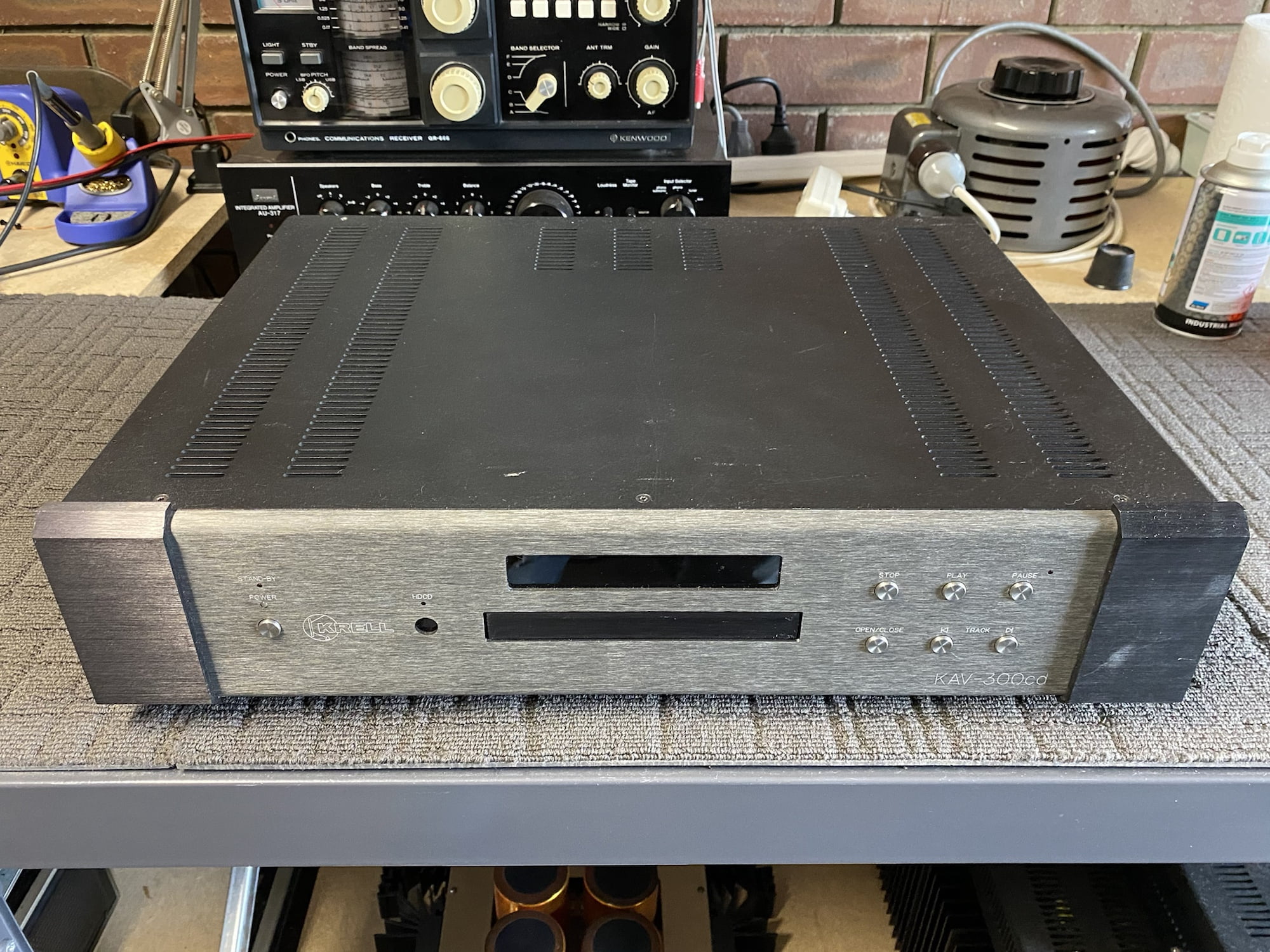
Features
As mentioned, at the heart of the KAV-300cd lies another fantastic VRDS mechanism. These are outstanding mechanisms and you can read more about a TEAC VRDS-10 CD player with a similar VRDS drive here. These drives feature a large disc clamp/stabiliser and a powerful (for a CD player) direct-drive motor, though the one in this mech is not the biggest VRDS motor I’ve seen.
As usual, the KAV-300cd has a very nicely designed and built discrete high-current power supply. Krell’s belt and braces approach to regulation, using classic TO-3 devices mounted on small heatsinks is also evident here. This is the right-hand board and these devices dissipate quite a bit of heat, part of the reason for my overhaul. You can read more about the Krell KAV-300cd in this great Stereophile article.

The DAC and discrete class-A analog output buffer of the KAV-300cd make up the left-hand board. The DAC chips used here are the great-sounding Burr-Brown PCM1702K. This was the precursor to the legendary PCM1704K, widely regarded as one of the all-time greats and some of the last PCM chips before bitstream DACs hit the market. I’ve heard and owned players that used the 1702 and they all sounded really good. For me, I always preferred the sound of the great PCM DACs over the bitstream ones that followed.
The last point worth mentioning is that the KAV-300cd decodes High Definition CD or HDCD. It does so using the highly regarded Pacific Microsonics HDCD chip. This feature and chip are commonly found in the better players from this era. HDCD-encoded discs will play on any machine, but those equipped with the HDCD chip will resolve additional air and detail not available in regular non-HDCD-equipped machines.
Specifications
FREQUENCY RESPONSE: 20 Hz-20 kHz +0.0, -18 dB
SIGNAL TO NOISE RATIO: “A” WEIGHTED 103 dB
TOTAL HARMONIC DISTORTION: 20 kHz-16 kHz -87 dB, 20 kHz -82 dB
POWER CONSUMPTION: Idle 50 W (jeepers!)
TRANSPORT: Monolithic assembly featuring full-size disc clamp
DAC: 20-bit
ANALOG AUDIO OUTPUT: 1 pair balanced, 1 pair single-ended
DIGITAL AUDIO OUTPUTS: 1 pair EIAJ optical via Toslink, 1 pair S/PDIF coaxial via connectors
REMOTE CONTROL: 1 handheld wireless infrared, 12 VDC output, RC-5 remote control input
DIMENSIONS: 19w x 4.6h x 15d in; 48.3w x 11.7h x 38.1d cm
WEIGHT: Shipping, 32 Ibs, 14.5 kg; Unit only 22 Ibs, 10 kg
Problems
Compact disc player repair is becoming somewhat of a dying art and there don’t seem to be too many left who work on CD players. I’m happy to offer the service and actually get a kick out of fixing CD players, so it’s not something I’ll stop any time soon.
As you’ll no doubt appreciate, as nice as most of the equipment that I work on is, most of it doesn’t work very well when it comes in. This CD player had power supply issues and was blowing fuses at turn on, indicating a high current fault somewhere.
This machine needed some TLC in the form of an overhaul to address various issues with old parts. Interestingly, someone had gone in previously and replaced some, but not all, of the power supply capacitors. Some of the parts were very ordinary, some were good, which was strange. They’d neglected to re-mount the regulator devices on new thermal pads and other general maintenance was needed here.
Krell players from this era typically used heavy-duty linear power supplies that generate quite a bit of heat and this KAV-300cd is no different. It draws around 50 Watts, more than many modern amplifiers and enough to cause accelerated degradation of capacitors anywhere near the power supply heatsinks. All of this needed attention, plus a few other bits and pieces like the mechanism and the DAC/output board.
If you’d like to watch a video of the work I did, go right ahead!
Power Supply Renovation
The first part of this and many jobs like it is to take care of the power supply. Looking at this one, we can see that someone had worked here before, replacing some, but paradoxically not the most obvious of the power supply capacitors, and leaving the degraded TO-3 thermal pads in place. Whoever worked on this before me also left the transformer loose and asymmetrically mounted, so all of this needed resolution.
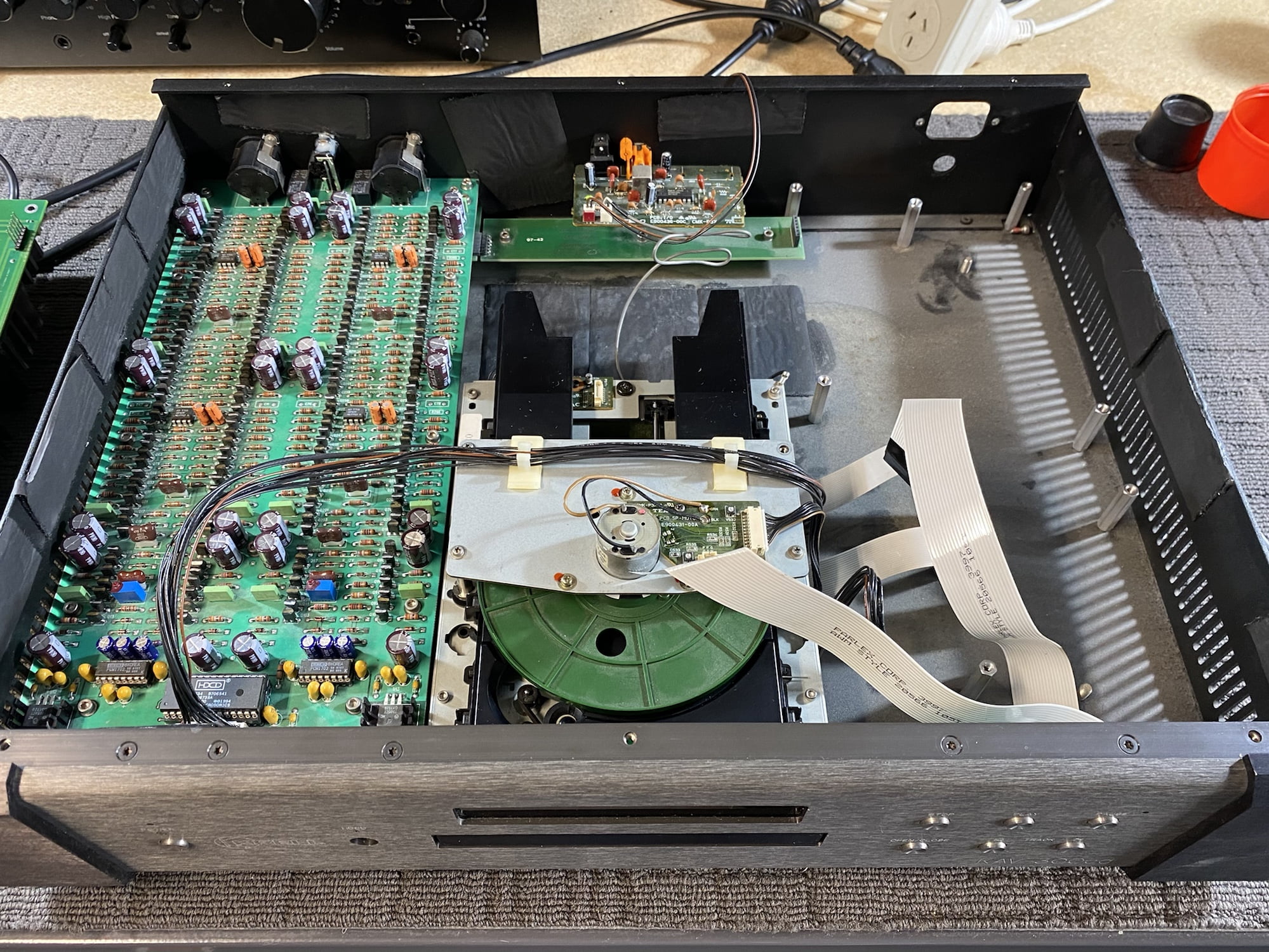
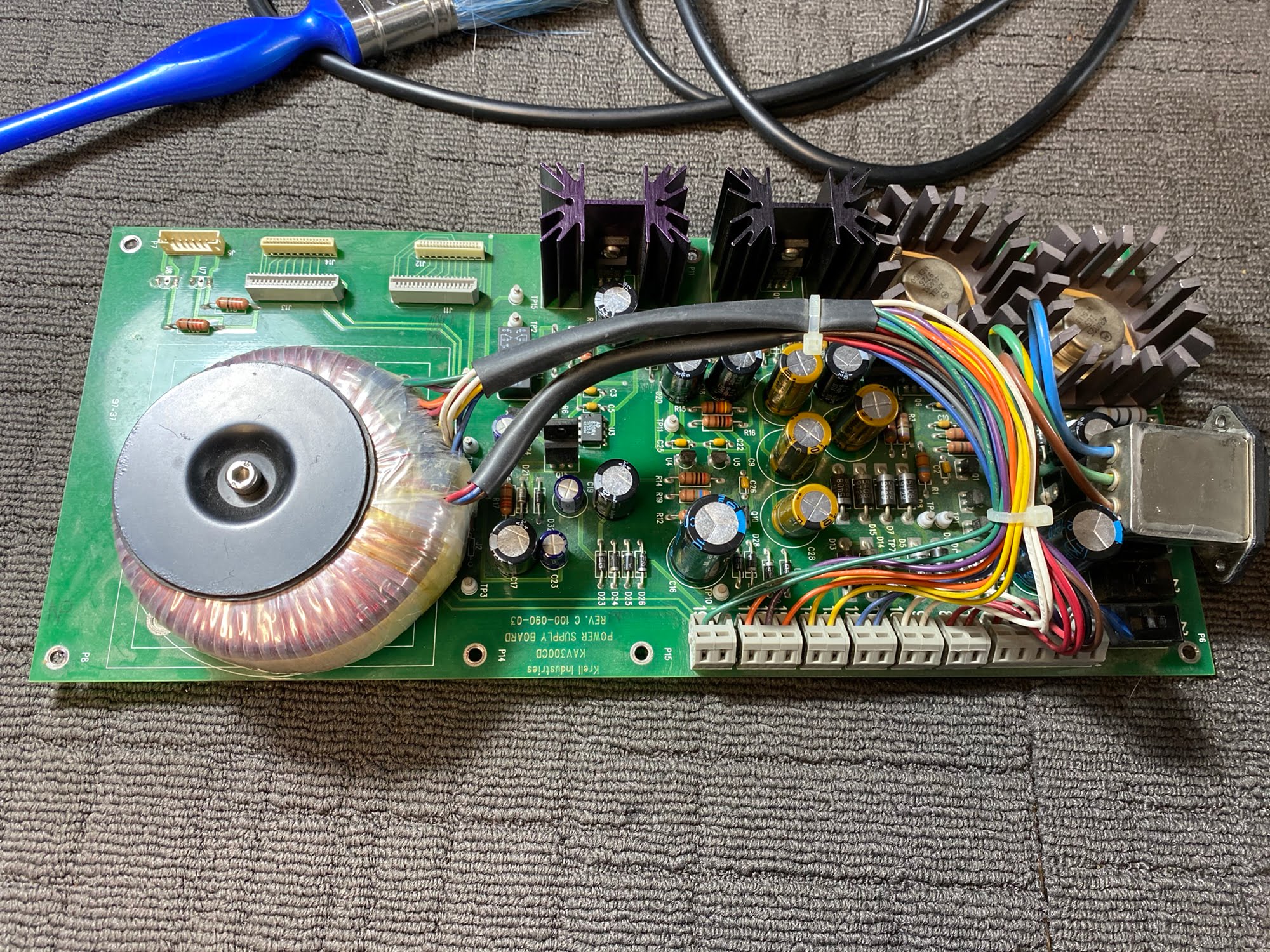
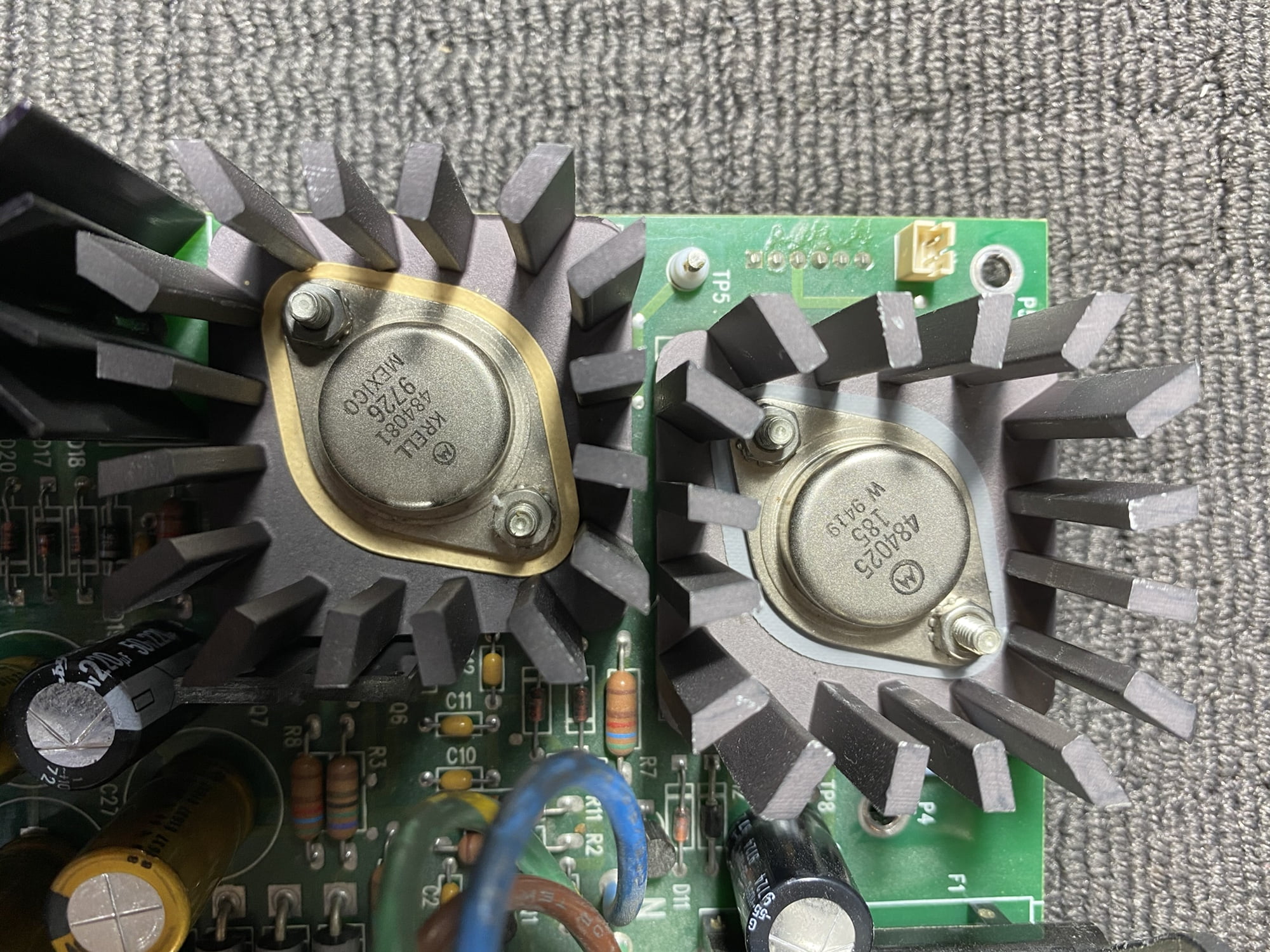
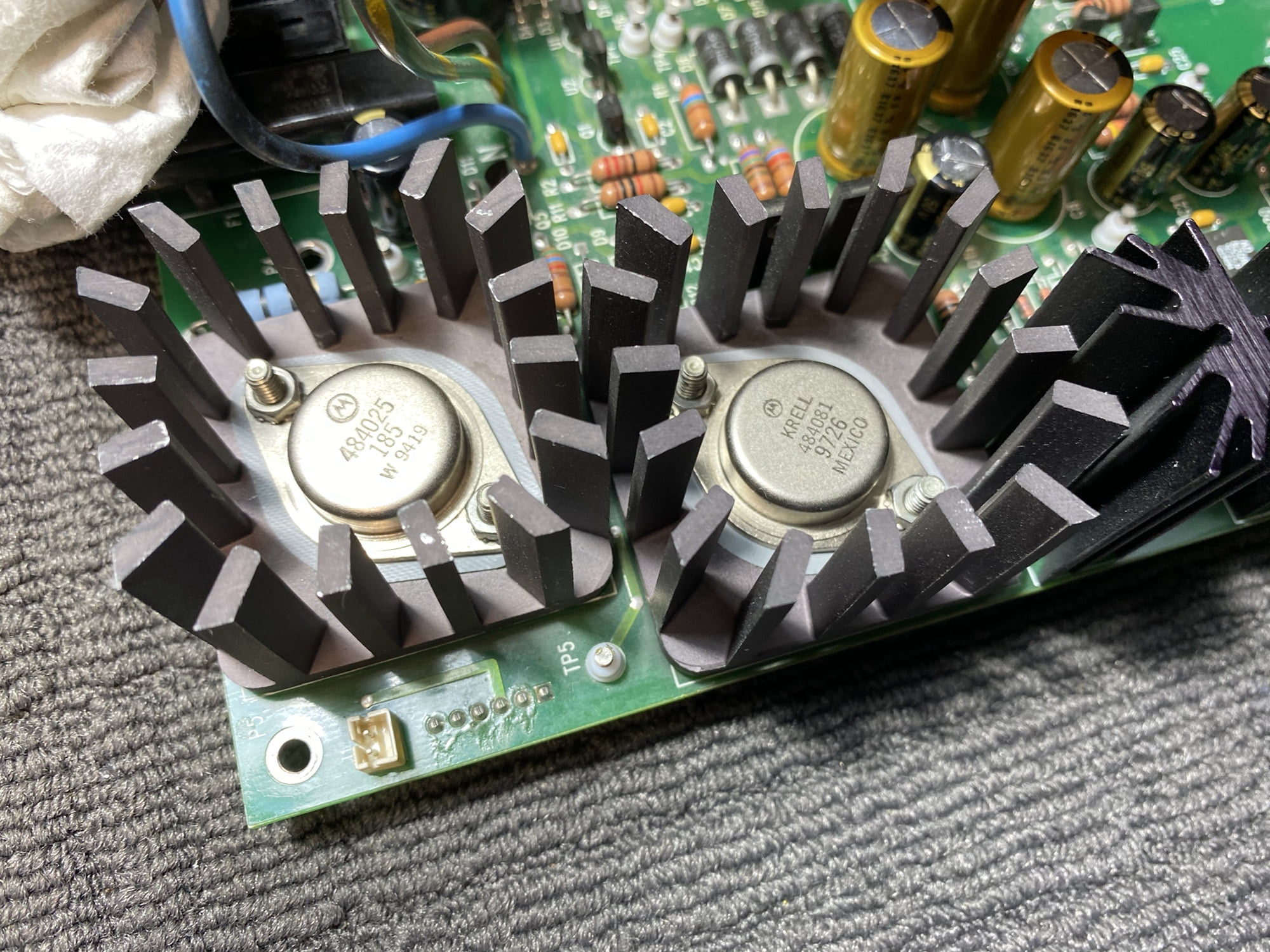
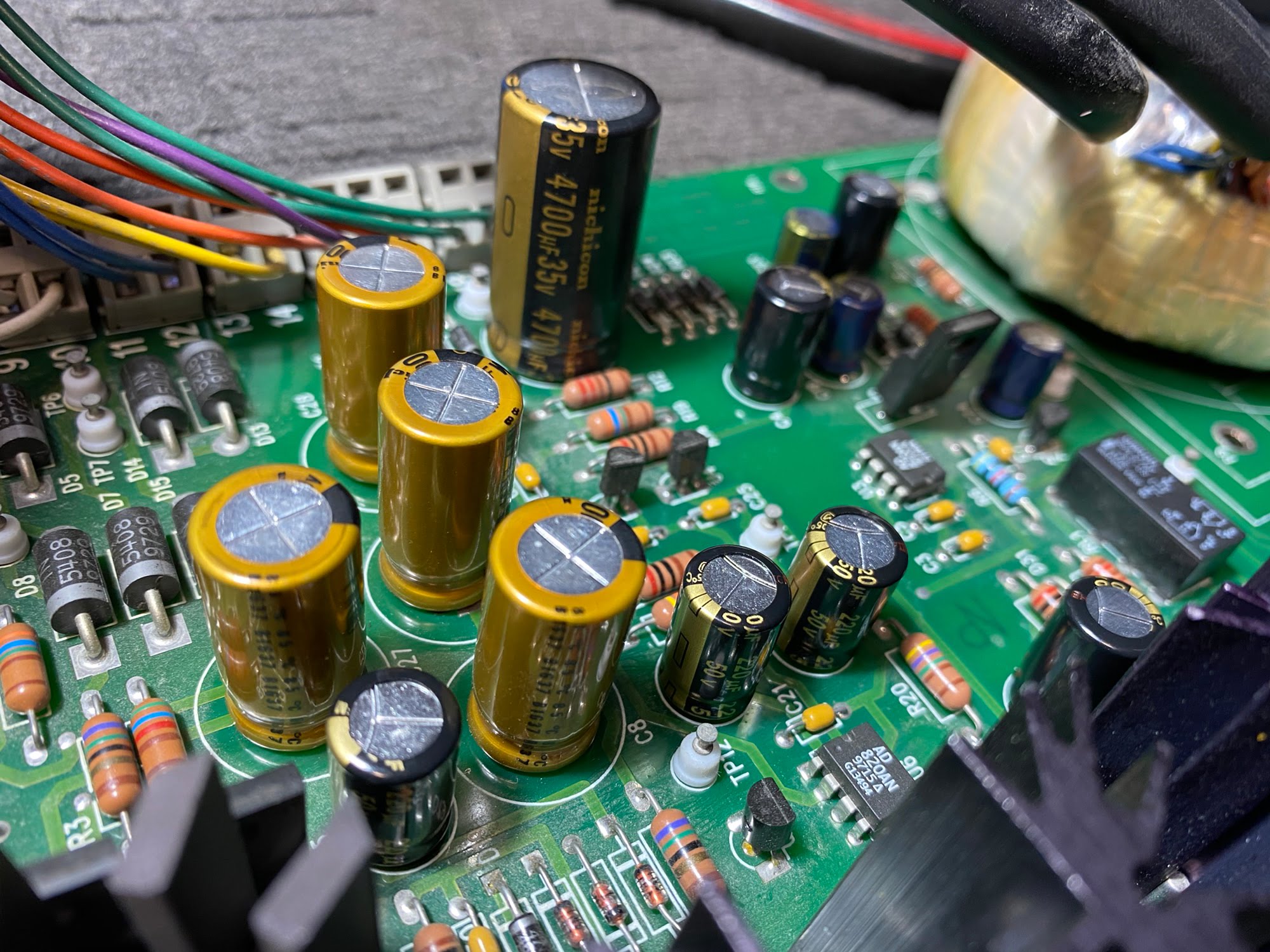
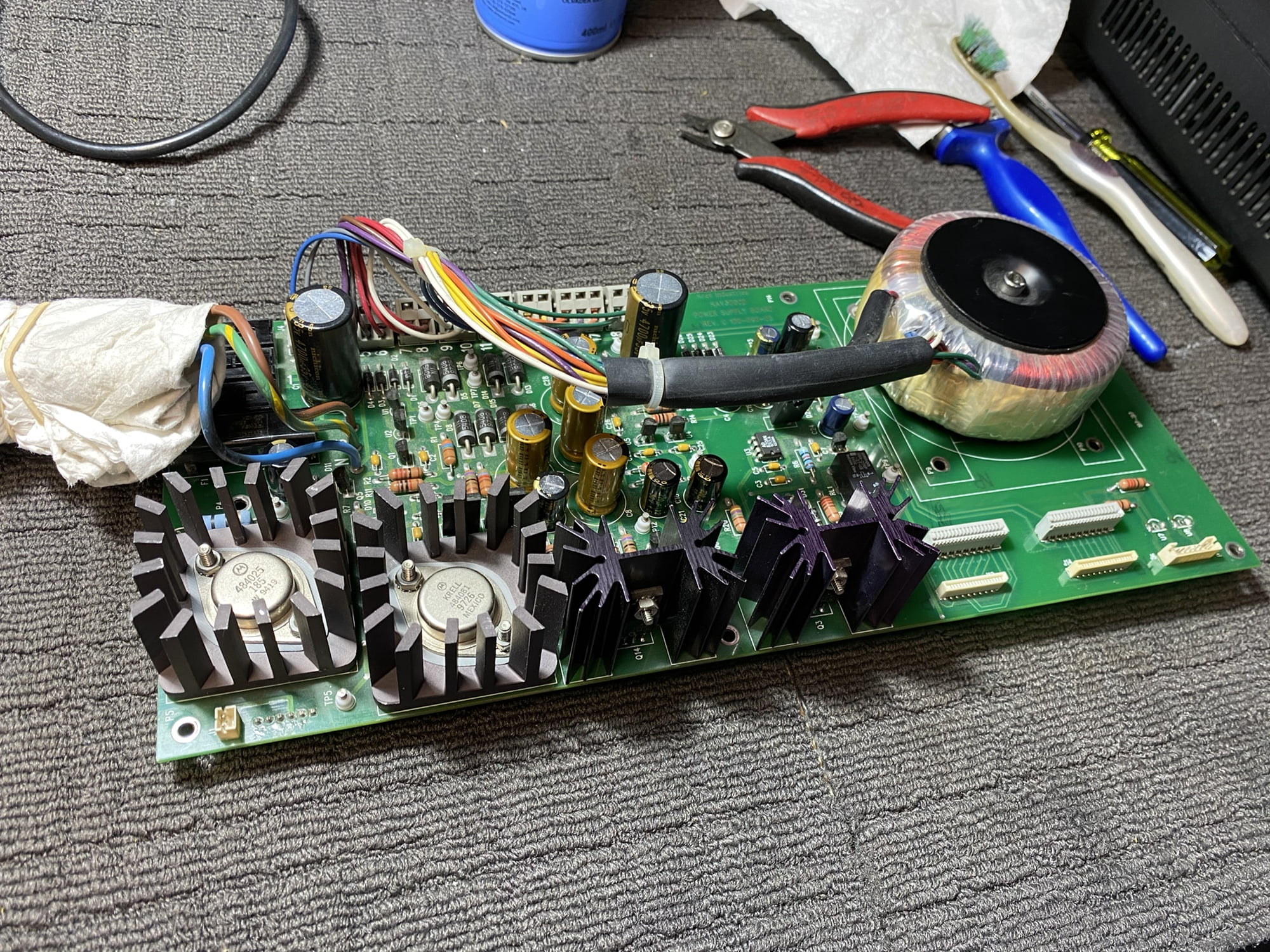
DAC/Output Buffer Renovation
After a discussion with my customer, it was decided that whilst the KAV-300cd was with me, I would complete the overhaul by finishing the DAC/analog board. Again, someone had worked here to replace some, but not all of the small electrolytic capacitors that suffer most due to thermal aging. I removed the board and finished the work, installing premium parts wherever they were needed.
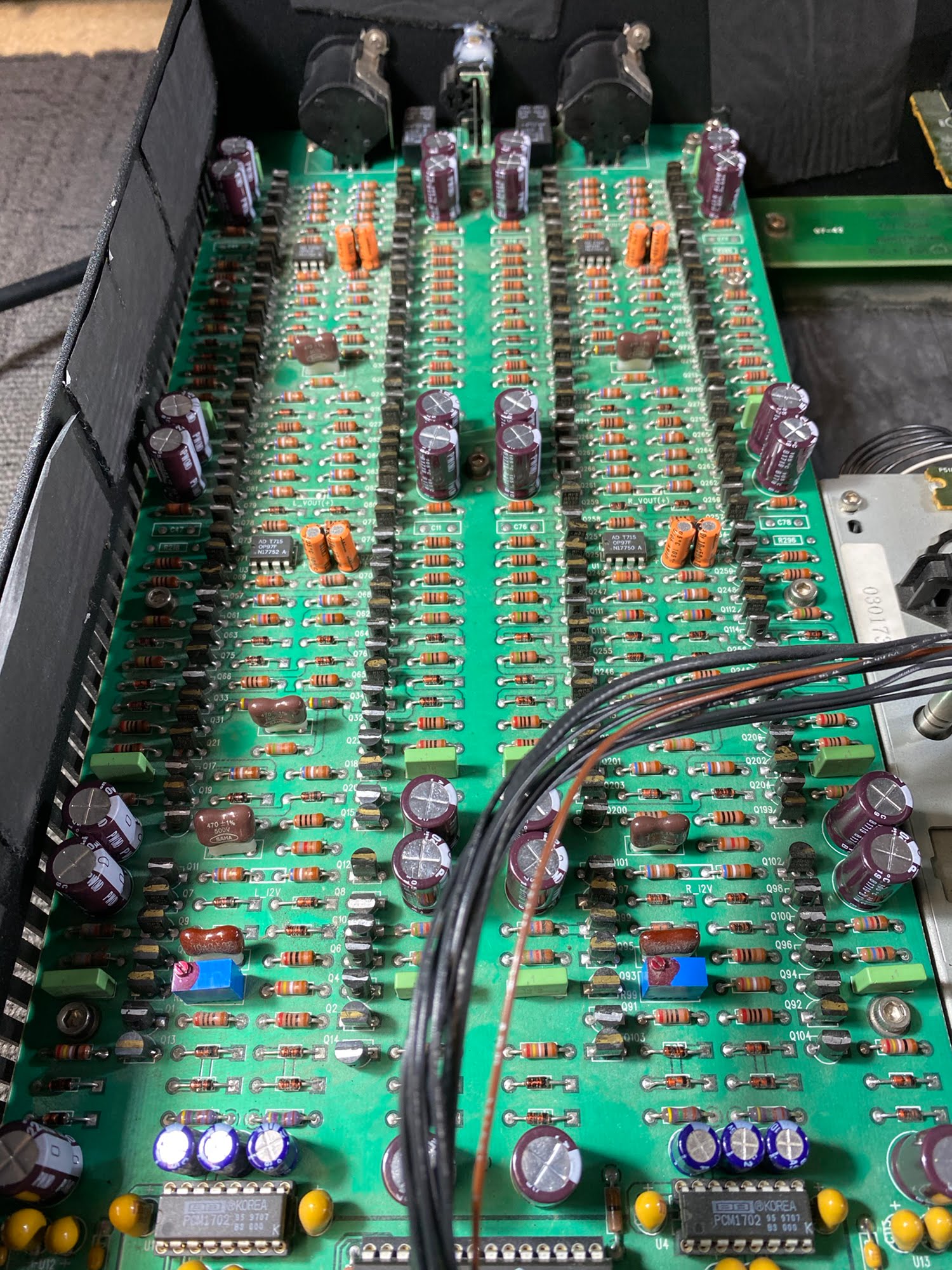
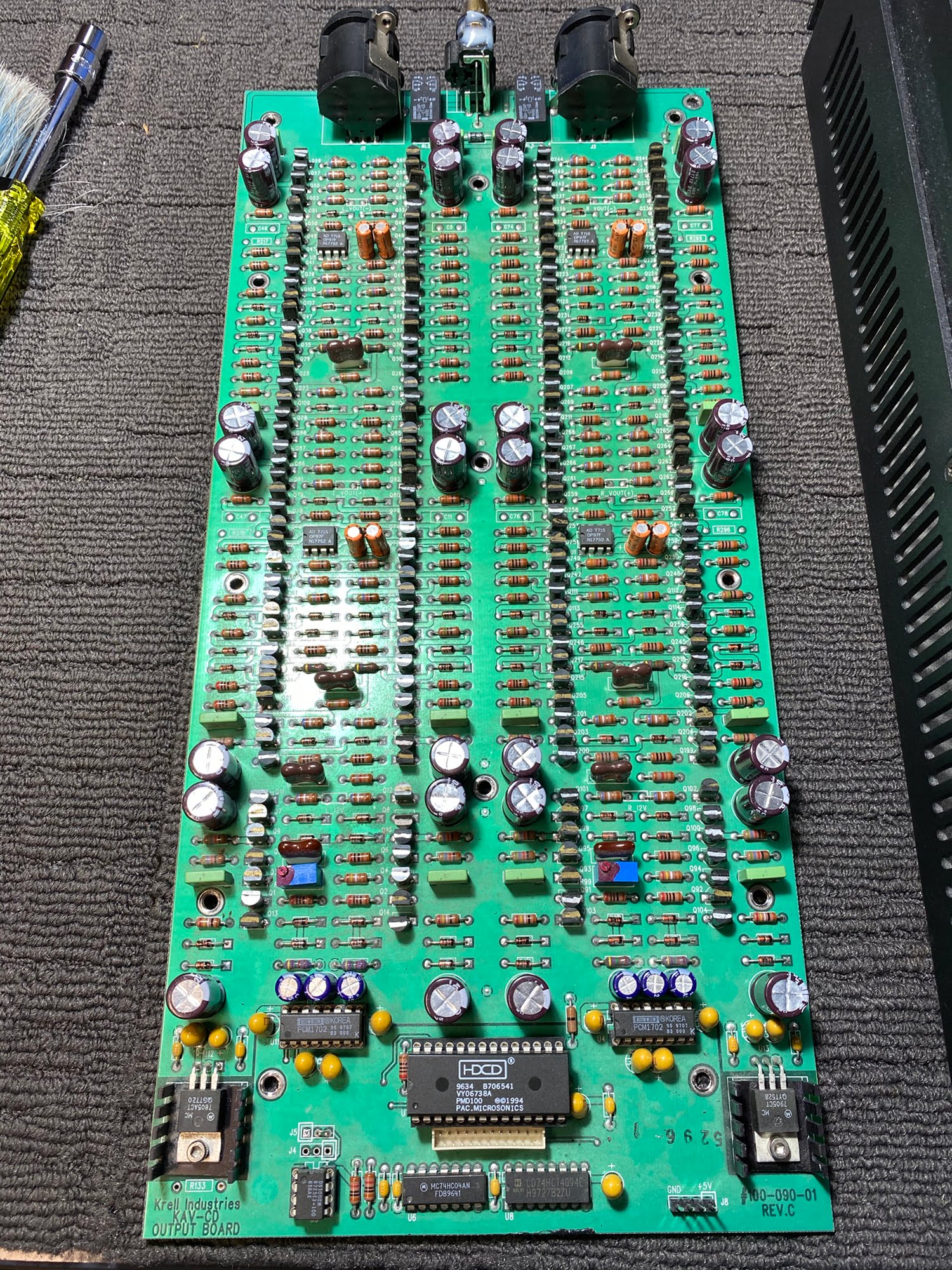
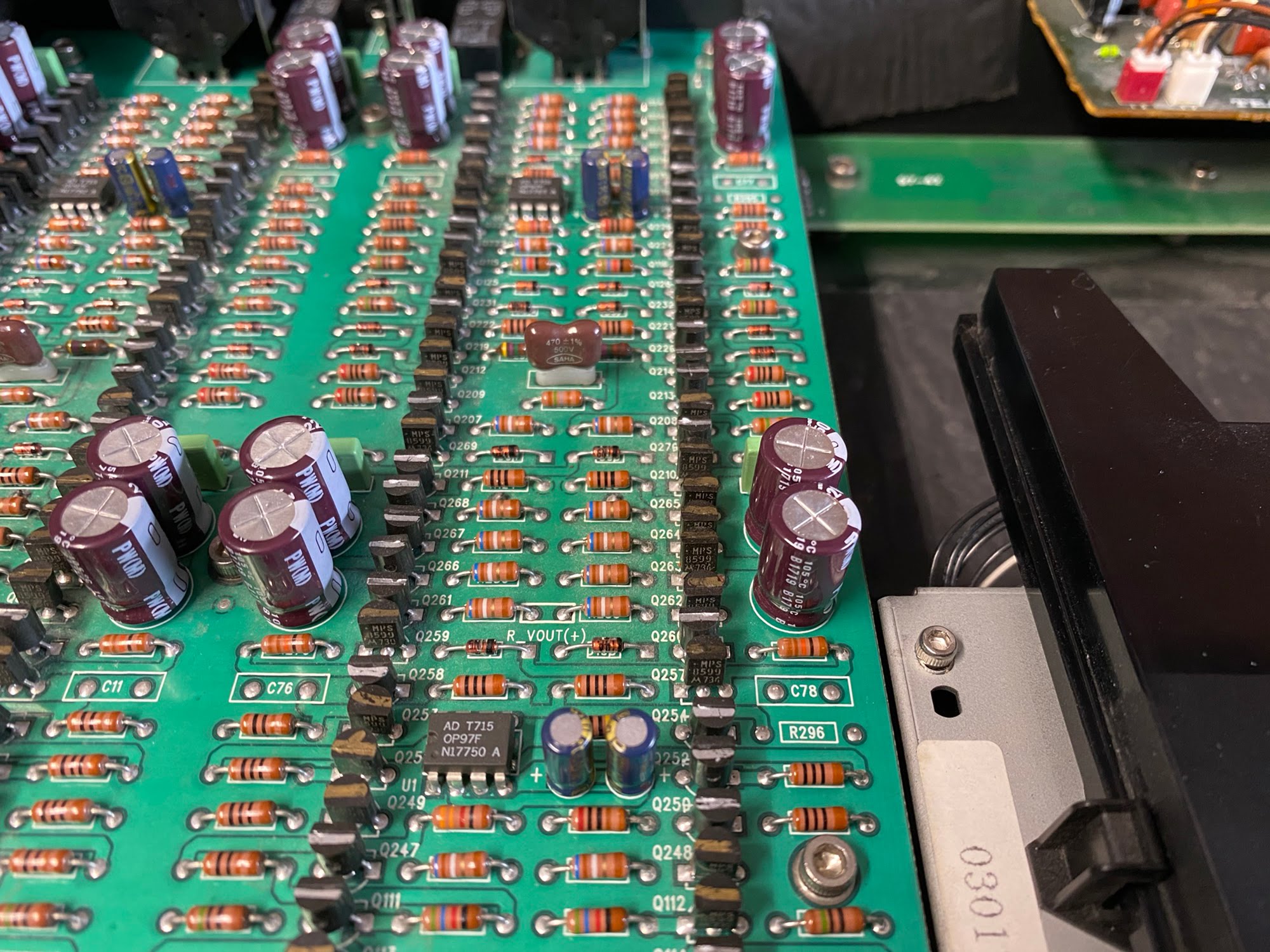

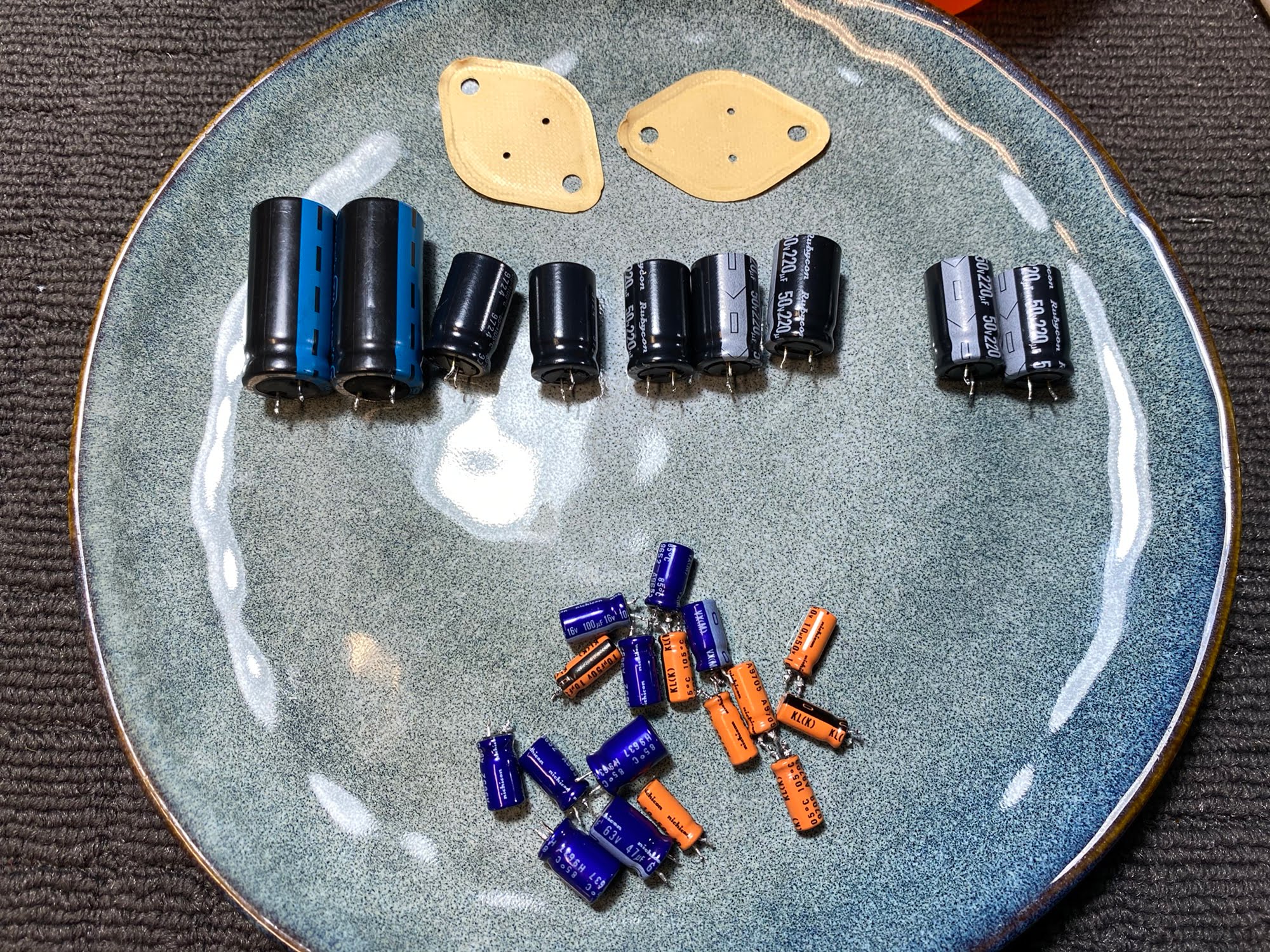
The last piece of the puzzle in the case of this KAV-300CD was to service the ‘mech’ or CD drive as some might call it. This involves removing and cleaning it, lubricating moving parts with suitable synthetic greases and oils, cleaning the laser optics and performing adjustments where necessary. The drive ran more smoothly and reliably after this work, a fairly typical result.
Results
What an improvement. This KAV-300cd now runs beautifully, doesn’t blow fuses and plays discs without fuss. She sounds great, rich and organic, especially for a machine from this era when players were often a little cold and sterile sounding.
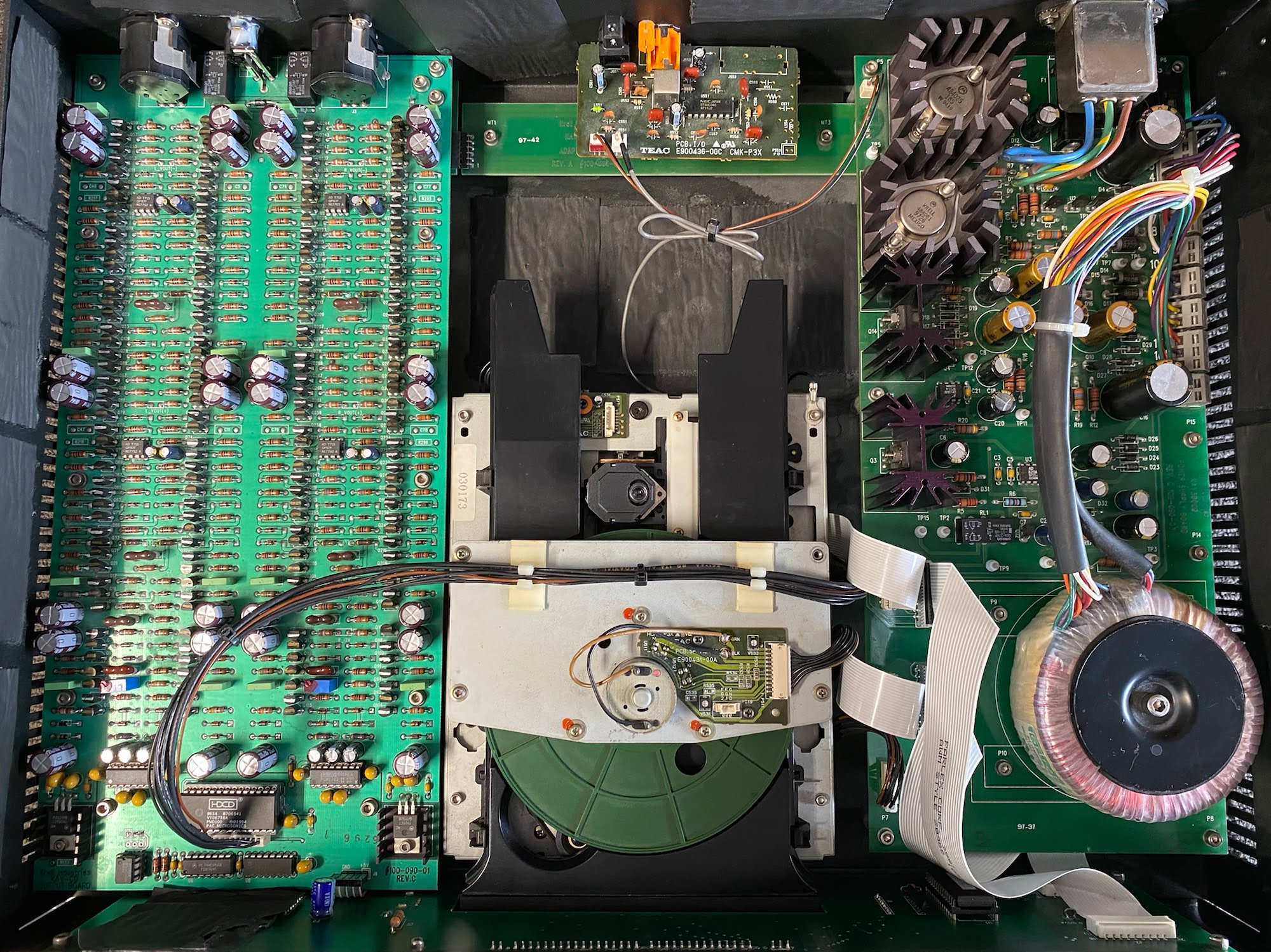
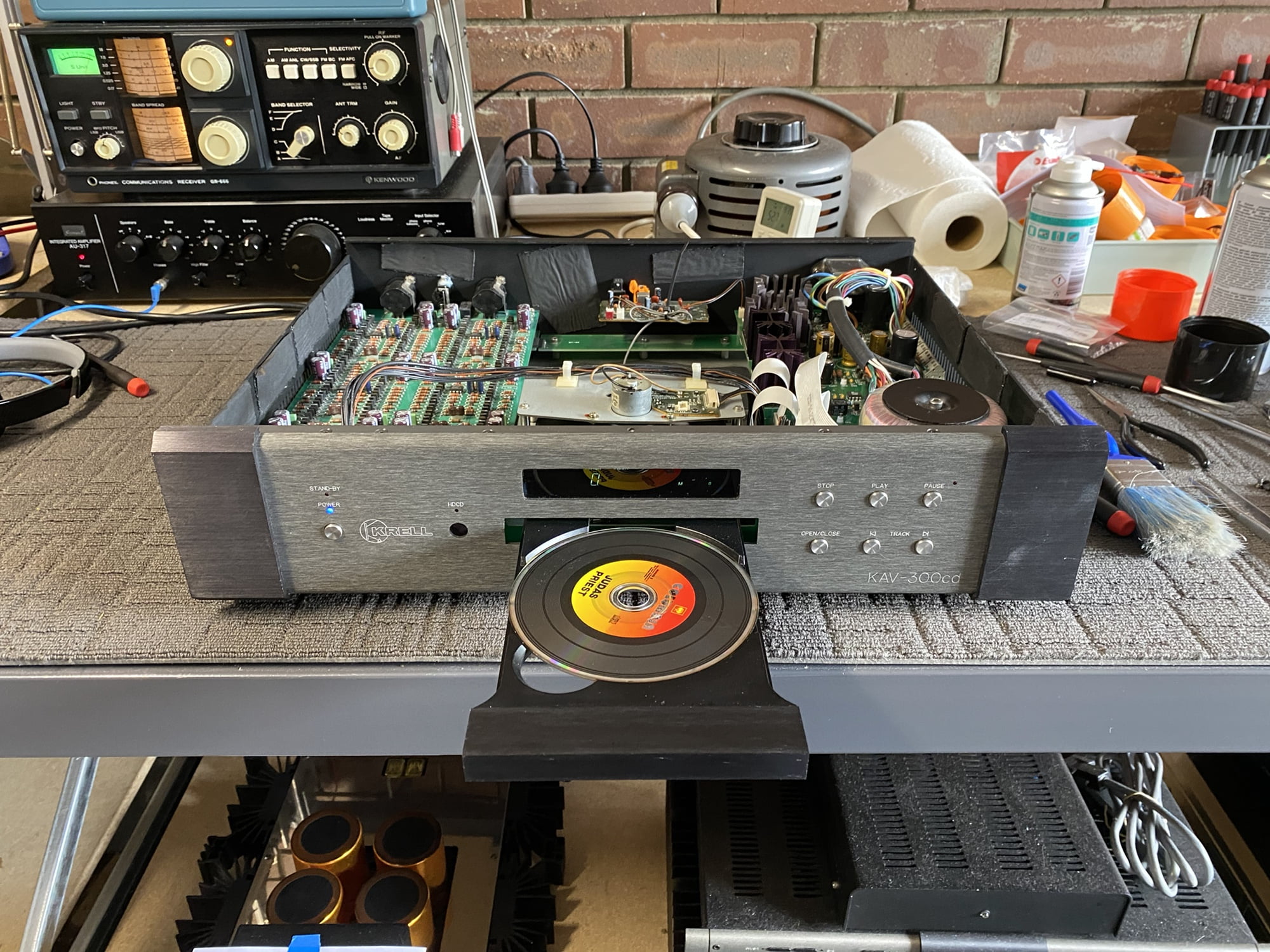
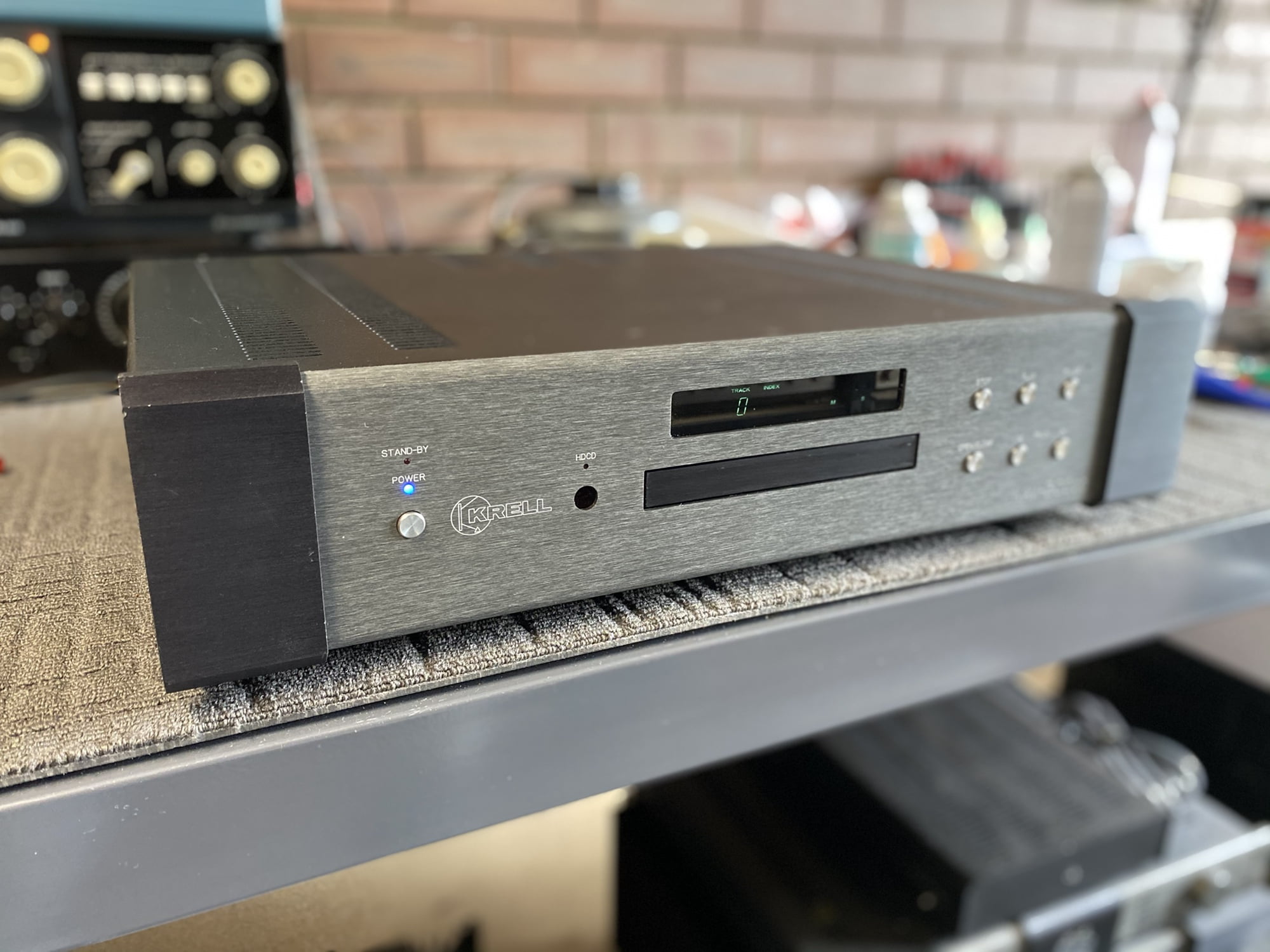
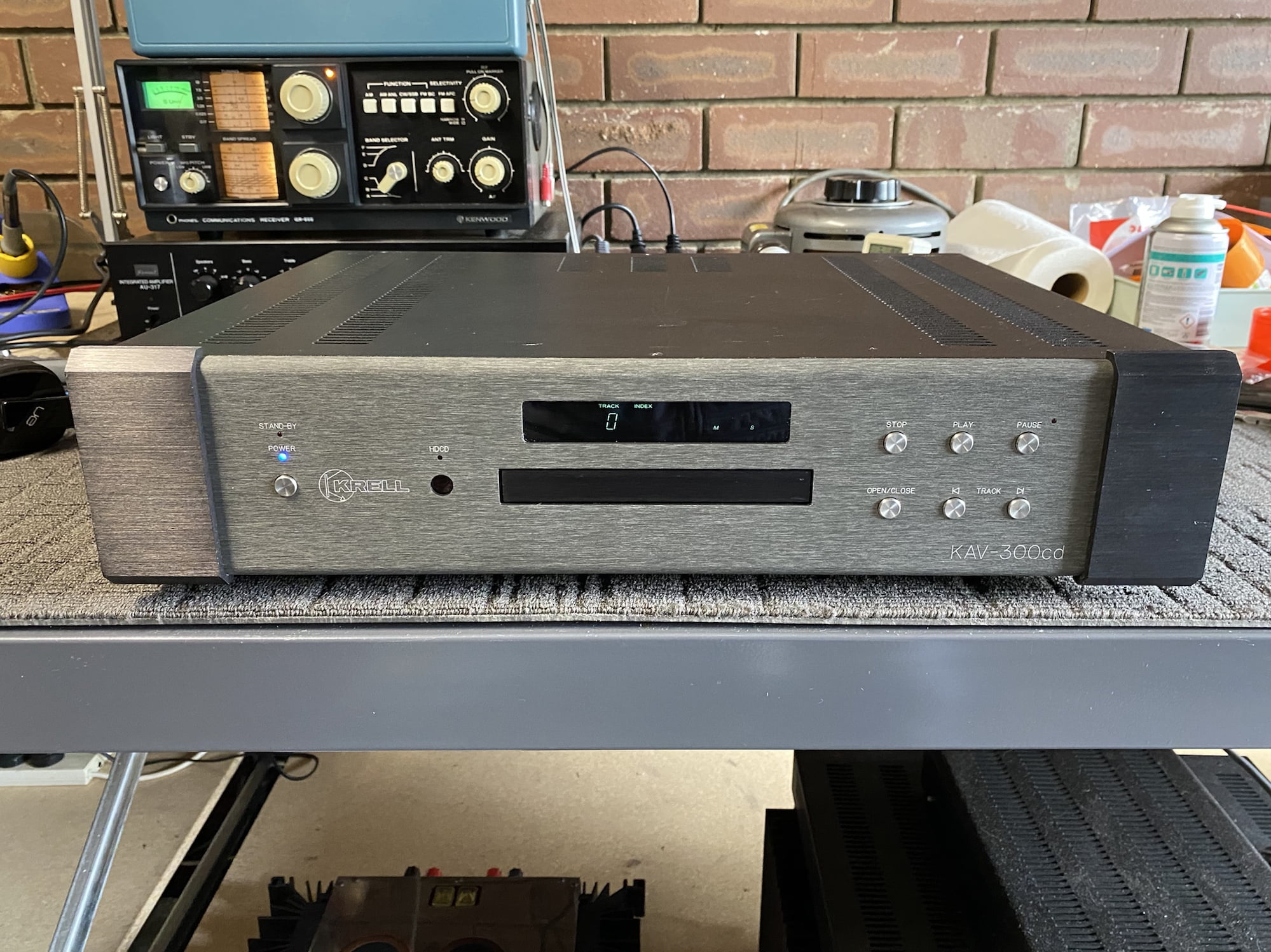
That wraps up my latest #Krellmonth article on the repair and restoration of this lovely Krell KAV-300cd compact disc player. If you’re reading this, you likely already know that some of the best CD players hail from this era. Players like this are almost always worth repairing and sensible overhaul work, done well, can extend life by many years.
If you’d like me to look at your CD player, feel free to get in touch!
Discover more from LiQUiD AUDiO
Subscribe to get the latest posts sent to your email.


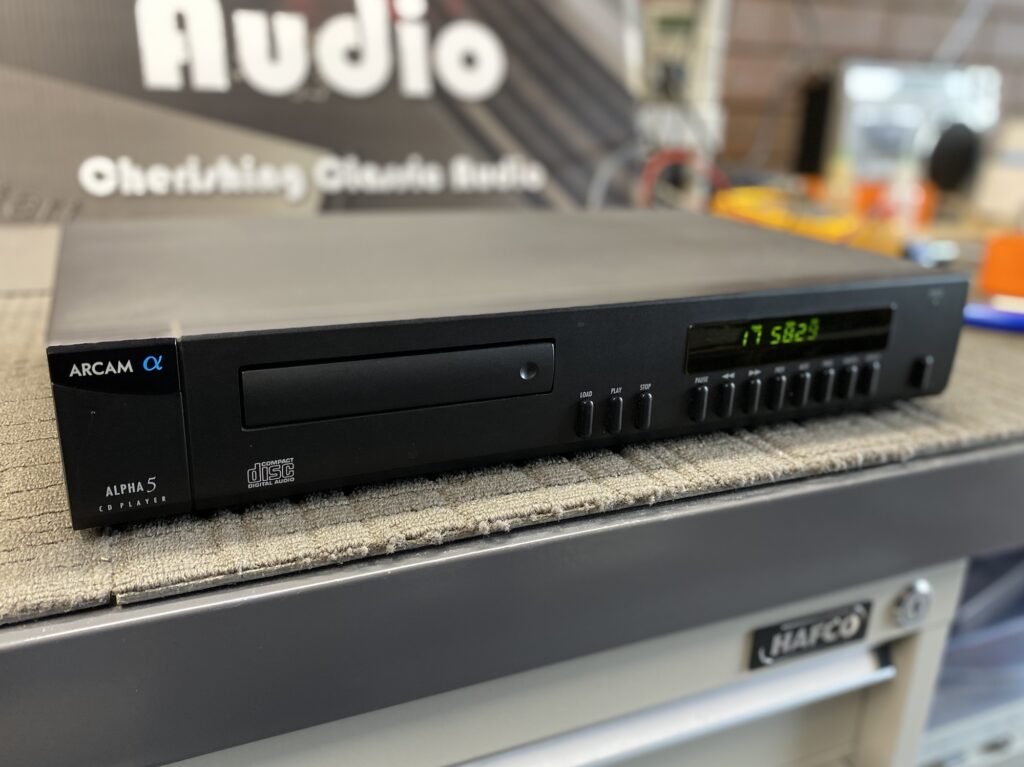
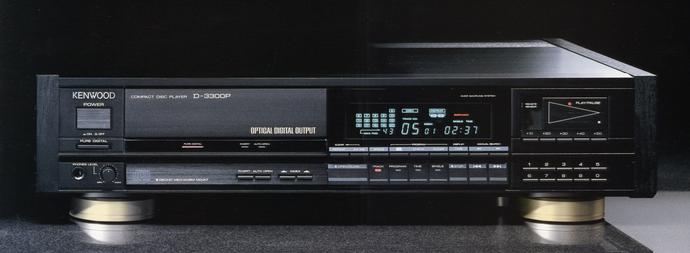
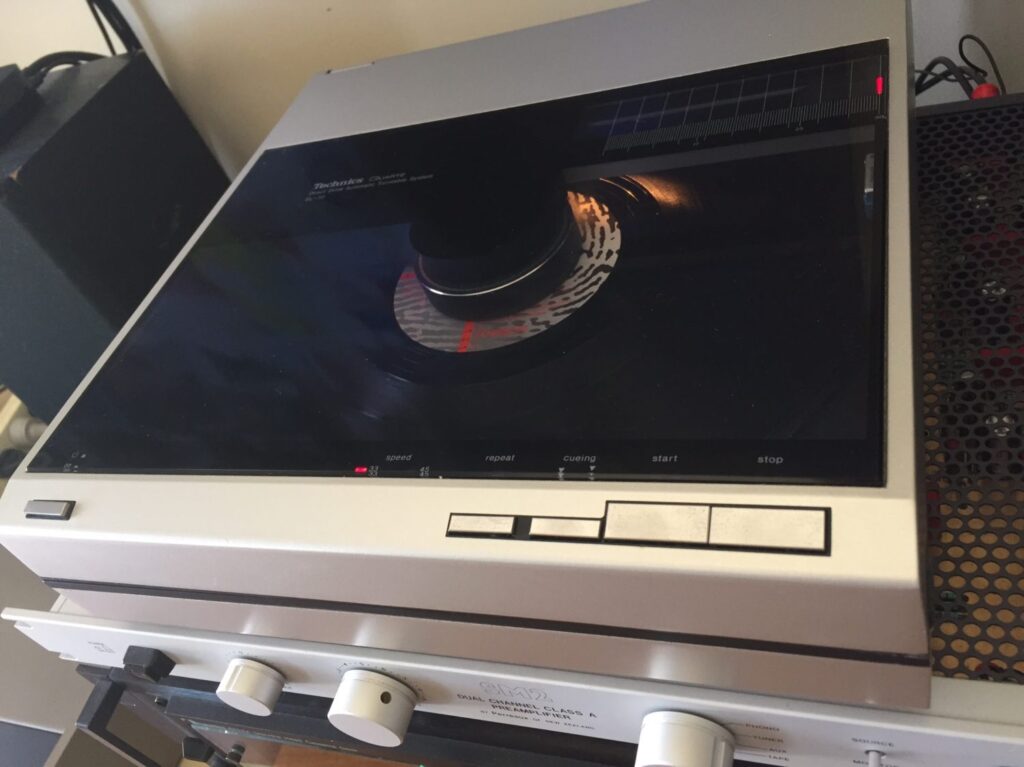
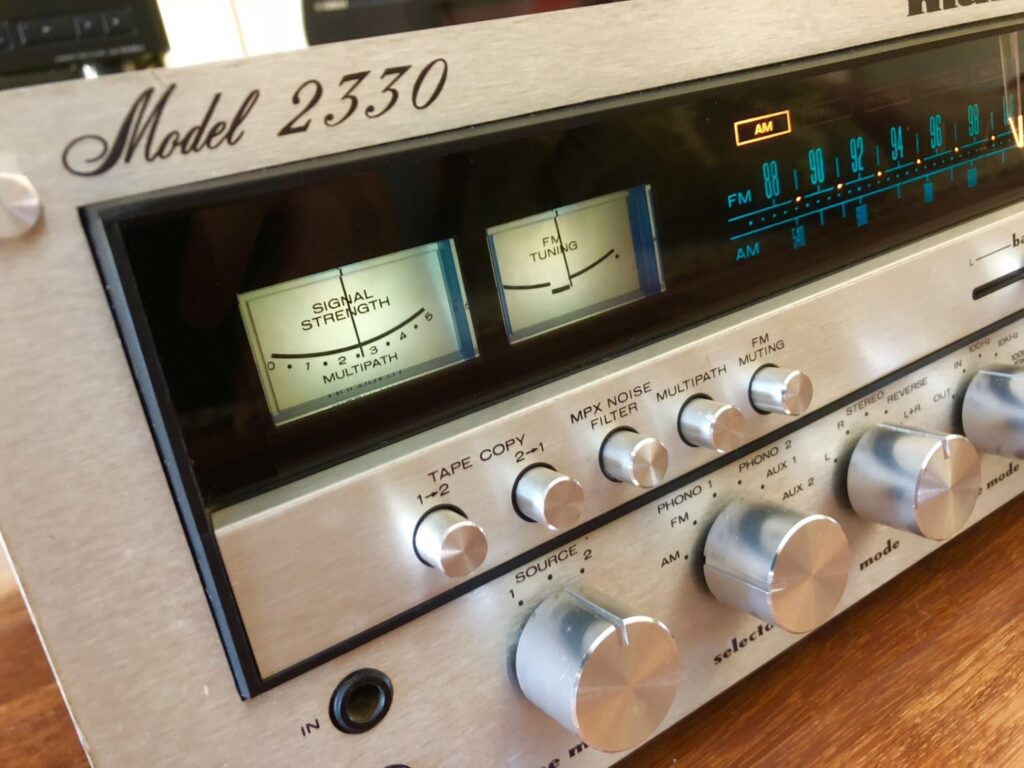
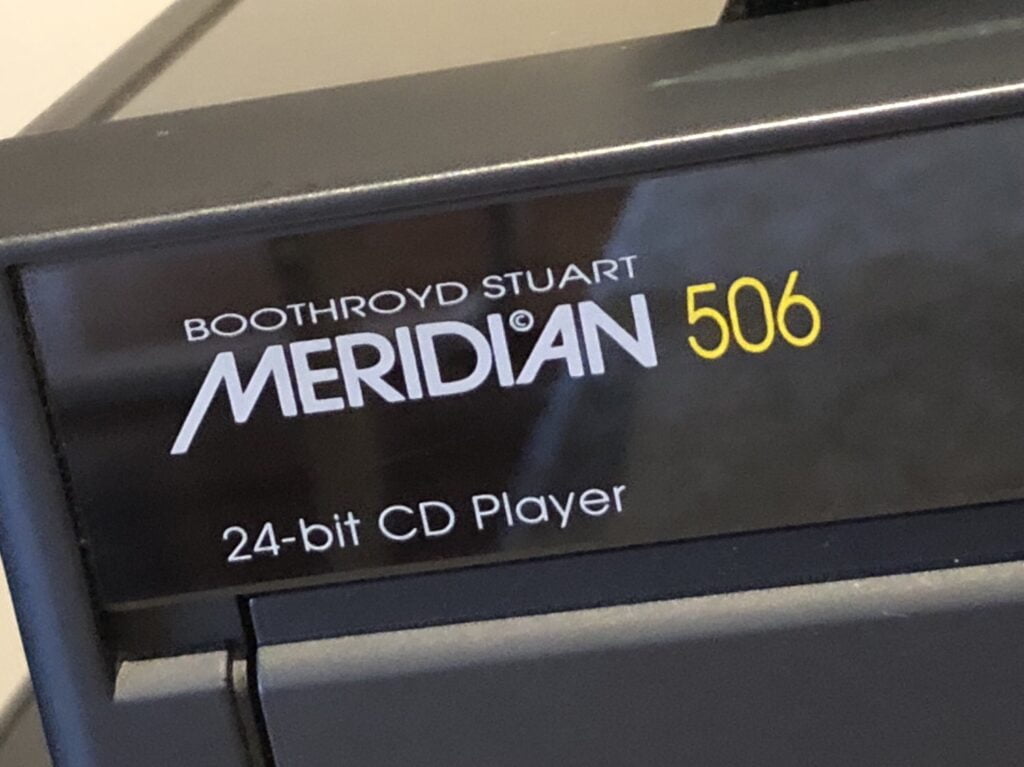
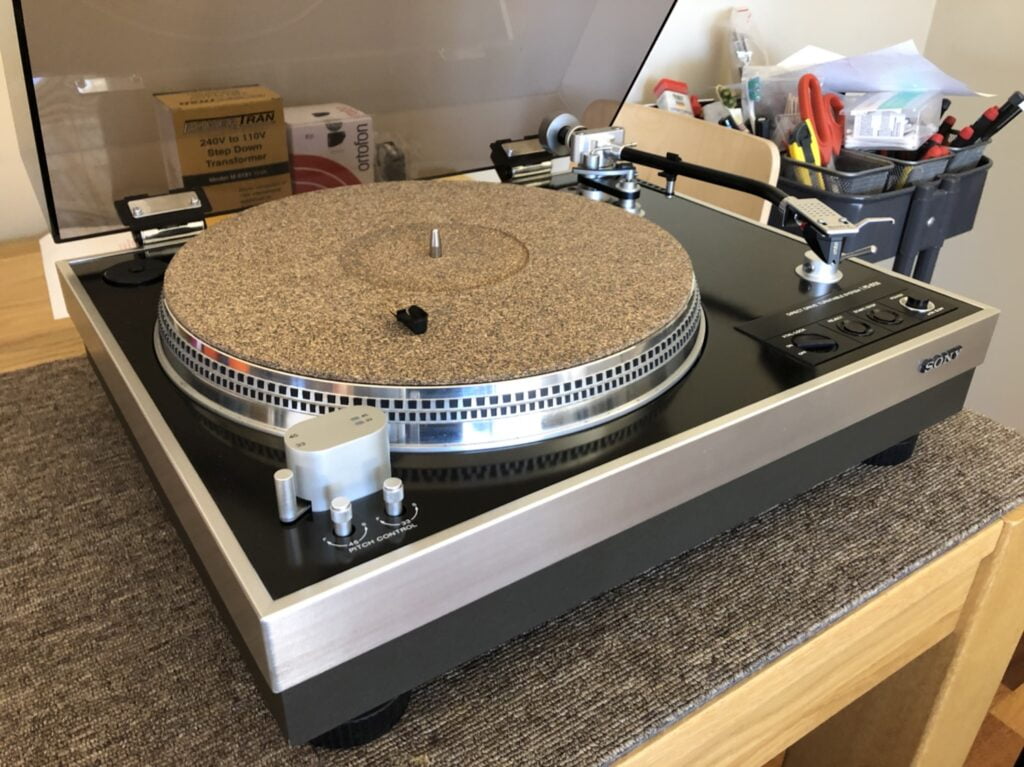
One reason Krell’s lasers wear out early is because they drive them very hard.
Hi Robert, thanks for your comment, though I’ve not found the lasers in Krell gear to fail prematurely. This laser is still performing well, no problems with it. Krell and other non-laser manufacturers buy in mechs and have little to no input into their engineering and electrical specs. Parameters such as optical power output and laser current are set by the laser manufacturer, in this case, Sony, in accordance with Redbook design specs, and baked into the design.
Right Mike. I once asked my old friend Patrick why Krell’s lasers are so prone to failure even with the daunted old Phillips workhorses and he told me they run them at the highest voltages recommended by the manufacturers to eek out the best sound. My old Sony 707ES is still going. Knock on wood.
Interesting, but we will have to agree to disagree on this, constant current power supplies that feed lasers mean that changing the supply voltages won’t have that effect. It will make everything run hotter though and this is correlated with laser and driver electronics lifespan, so there’s that. Yes, Sony gear is great, the older machines tend to be super-reliable, my CDP-X7ESD is going strong with routine maintenance, as is my XA-20ES.
Mike, keep in mind one way to get poorly reading lasers operating is to carefully adjust the current potentiometer. But I am no expert, just an amateur.
“Unfortunately, the laser life is reduced by increasing the laser current. However, this is mostly the last option” http://www.ralph-toman.de/cd_player_eng/cd_player_eng.htm#Laserstrom
Thanks Robert, it’s hard to have a technical discussion here and I don’t have time for much more on this, but what you’ve written highlights my point and the need to understand some of the science.
Again, for clarity: Laser current is factory-adjusted for a specified value which is set by designers of the laser diode itself. This should never be adjusted by someone without a laser power and/or current meter. Laser optical power reduces over time, increasing laser current merely speeds up the imminent failure of the laser diode and is really only done as a last resort, where another laser cannot be sourced. I don’t know if Ralph has the equipment needed to make these adjustments, but he mentions this and I’ve written about it.
Note that what he describes is not a standard service procedure, some older machines excepted, or a valid method of repair. These adjustments are factory set and are generally not even changed by manufacturers who buy in the pre-adjusted modules and install them in their equipment.
We would need to speak with Krell designers and engineers to better understand some of their CD player design decisions and that would be a fascinating conversation. I should probably write more about this topic at some point as there is considerable misunderstanding and misinformation around it, as with so many things in audio. Anyway, thanks for enjoying the article and for your comments.
As you know Mike my old friend Patrick was once head of the repair dept at Krell. And he did tell me Krell always adjusted the laser diodes as high as possible. Which is why they need replacing more often.
Yep, Patrick is a legend, Krell lost a valuable resource when he retired, super-helpful guy. Nevertheless, “adjusting the laser diodes as high as possible” makes no technical sense, won’t help a player read discs better as long as it already extracts all of the data and just isn’t something that would ever be done, so something has been lost in translation here. We’d need to speak with the designers, but from experience, most issues with Krell gear relate to thermal problems. I’ll close the discussion here but I appreciate your input.
What lubricants and oils did you use to lubricate the drive?